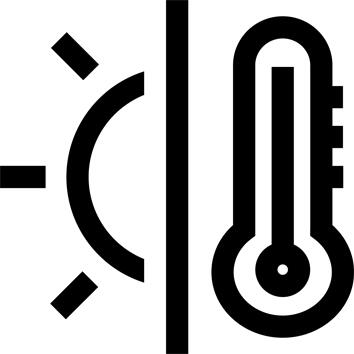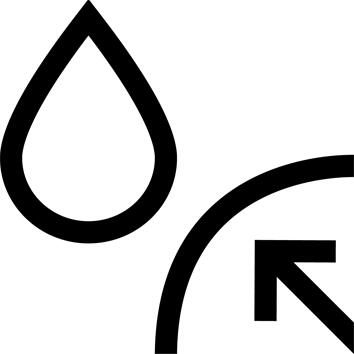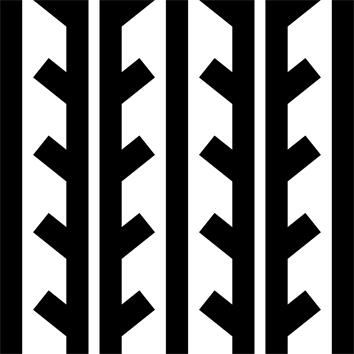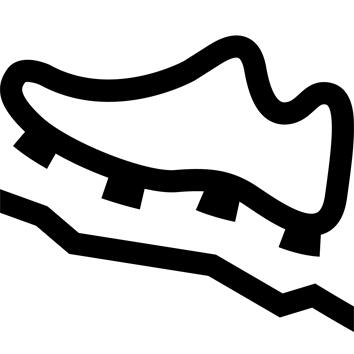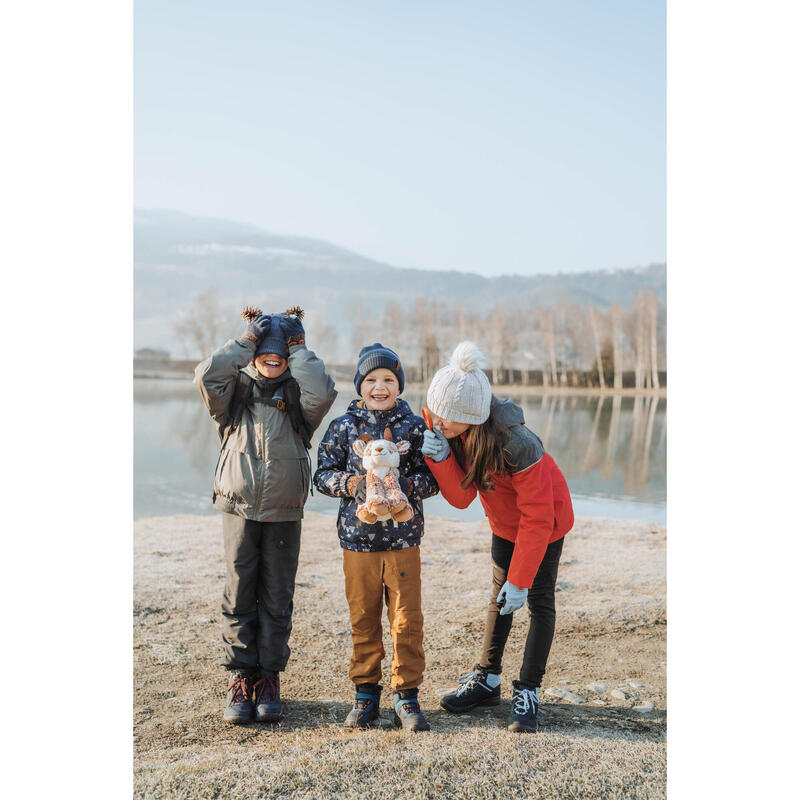Will these shoes be warm enough for your child's winter hikes?
We carry out comparative studies in a thermal laboratory, under walking conditions with light winds (5km/h). This enables us to measure the thermal resistance of our shoes. However, each individual has his or her own sensitivity to cold.
Comfort temperature: slightly cold sensation & 70% of users find the thermal sensation on their feet acceptable.
Limit temperature: very cold sensation & 10% of users find the thermal sensation on their feet acceptable.
How can I be sure that my shoes are 100% waterproof?
These shoes have been designed with a membrane to ensure waterproofing and breathability. A membrane is a very thin component applied to the inside of a fabric that prevents water from entering while allowing moisture to escape in the opposite direction.
We tested this product in the laboratory, simulating walking with feet half-submered.
What does SNOWCONTACT technology on the soles of my shoes do for me?
SNOWCONTACT soles are designed with a specific component and crampon design to ensure the best possible grip and hold. SNOWCONTACT soles are also more effective than traditional soles on snow. For use on ice, only the addition of anti-slip grips will ensure optimum safety.
Will my shoes stand up to regular use over time?
Our engineers conduct laboratory tests to guarantee your complete satisfaction in use. We validate the following elements, among others: eyelet and strap resistance, bonding, toxicology, UV resistance, abrasion of sole and upper components, accelerated aging.
How do I get the right footwear for hiking on snow?
To get the best outfitting for winter, we recommend the following principles:
Warmth: warm socks (ideally with a suitable % wool)
Breathability: choose socks according to the intensity of the hike, and in particular choose breathable models to limit humidity.
Shaft height: adapt the height of the sock to the height of the shaft, and prefer high models if you're looking for more protection.
How can I preserve the technical qualities of my shoes?
A fabric's water repellency is its ability to let water slide off its surface without absorbing it. This means the fabric doesn't become waterlogged, and remains light, breathable and warm. Water repellency is achieved by a treatment applied to the outer face of the fabric. This treatment needs to be renewed over the life of the shoe. Products (spray or liquid) are available for this purpose in our stores.
How do I dry the inside of my shoe?
Shoes in use can become very damp (condensation and perspiration).
If the shoe is very damp, we recommend removing the insole, filling the upper with newspaper balls and changing them regularly. The paper will pump out the moisture and speed up the drying process.
Never put your shoes too close to a heat source, but leave them in a warm, dry, well-ventilated place.
